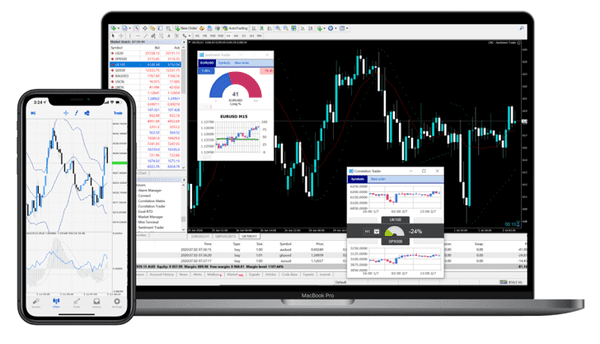
The Rise of Deepfake Video Makers: A Look into the Future of Artificial Intelligence
In recent years, the rise of deepfake video makers has sparked both fascination and concern among the public. These sophisticated tools use artificial intelligence algorithms to create hyper-realistic videos that manipulate and alter existing footage, often leading to confusion and deception. As this technology becomes more accessible and advanced, it’s important to understand the implications and potential risks associated with deepfake video makers.
One of the most concerning aspects of deepfake video makers is their potential for spreading misinformation and fake news. With the ability to make anyone appear to say or do anything, these tools have the power to sway public opinion and manipulate reality. From political smear campaigns to celebrity scandals, deepfakes have the potential to cause widespread chaos and distrust in society. As such, it’s crucial for individuals to be vigilant and discerning when consuming online content.
Furthermore, deepfake video maker raise important ethical questions about privacy and consent. By using someone’s likeness without their permission, these tools blur the lines between reality and fiction, potentially causing harm to individuals’ reputations and livelihoods. As we continue to grapple with issues of online harassment and cyberbullying, it’s essential for policymakers and tech companies to establish clear guidelines for the responsible use of deepfake technology.
On a more positive note, deepfake video makers also have creative applications in entertainment and storytelling. Filmmakers can use this technology to bring deceased actors back to life or seamlessly integrate special effects into their movies. Additionally, artists can experiment with new forms of expression by manipulating reality in innovative ways. As long as these tools are used ethically and responsibly, they have the potential to revolutionize the entertainment industry.
In order to combat the spread of harmful deepfakes, researchers are developing advanced detection methods that can identify manipulated videos with high accuracy. By leveraging machine learning algorithms and forensic techniques, experts can analyze subtle inconsistencies in deepfake footage that may not be visible to the naked eye. While this technology is still in its early stages, it shows promise in helping us distinguish between real content and manipulated media.
Conclusion: The rise of deepfake video makers presents both opportunities and challenges for society as we navigate a rapidly evolving digital landscape. By understanding the implications of this technology and advocating for responsible use practices, we can harness its creative potential while mitigating its negative consequences. As we continue to innovate in the field of artificial intelligence, it’s essential that we prioritize transparency, accountability, and ethical considerations in our pursuit of technological advancement.


